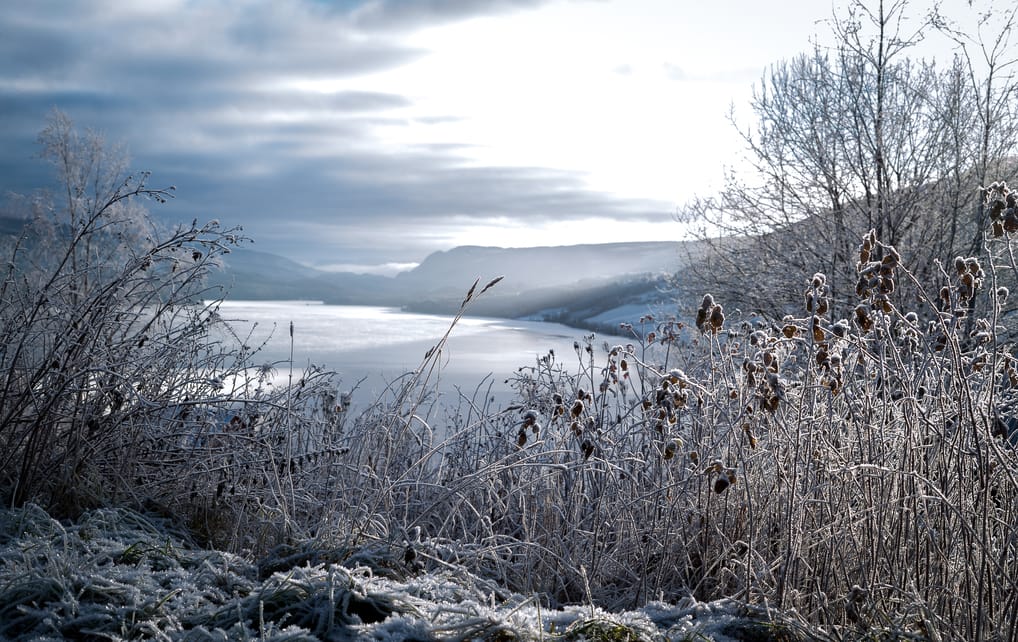We know winter is going to produce some cold temperatures. This year is no exception. As temperatures plummet and then warm again, we want to help you protect your home or office from pipes that freeze and then thaw, as well as other water problems. Please take a quick look at the list below. You can take advantage of some of these tips now; others will have to wait until the weather is less bitter. If you experience water problems, in spite of your efforts, please give us a call.
PROTECTING YOUR HOME’S EXTERIOR
Roof and Gutters
- One of the primary concerns during winter is the formation of ice dams on roofs. These occur when snow melts and refreezes at the roof’s edge, potentially causing water to seep under shingles and into the home. To prevent this, homeowners should ensure proper attic insulation and ventilation. This helps maintain a cold attic temperature, minimizing the freeze-thaw cycle that leads to ice dam formation.
- We’ve said it before. . . Regular gutter maintenance is crucial. Clearing debris from gutters and downspouts allows melting snow and ice to flow freely, reducing the risk of ice dams and water damage. For long-term protection, consider installing a water-repellent membrane under the roof shingles as an extra barrier against water infiltration.
Windows and Doors. Cold air infiltration through gaps in windows and doors can lead to energy inefficiency and increase the risk of frozen pipes. You can use weather-stripping or caulk to seal these openings, effectively keeping cold air out and warm air in. This not only protects your home but also contributes to energy savings.
Pipes. Frozen pipes are a significant concern during extreme cold spells. To prevent this, insulate exposed pipes, especially those in unheated areas like basements, garages, and attics. During severe cold snaps, allow faucets to drip slowly to keep water moving through the pipes, reducing the likelihood of freezing. Knowing the location of the main water shutoff valve is crucial in case of emergencies.
INTERIOR PREPARATIONS
Heating System. A well-maintained heating system is essential for keeping your home warm and preventing cold-related damage. Schedule regular maintenance and checkups to ensure the system operates efficiently and safely. Consider installing a backup generator to maintain heating and other essential equipment during power outages. In the meantime, it helps to keep your cabinet doors open in bathrooms and kitchens. The warmer air in the house may keep the pipes from freezing.
Thermostat Settings. We believe in conserving energy, but during extremely cold periods, it’s advisable to keep the thermostat set to at least 65°F (18°C), even when away from home. This helps maintain a consistent temperature throughout the house, reducing the risk of pipes freezing in cooler wall spaces.
Fireplace Maintenance. For homes with fireplaces, ensure they are properly maintained and safe to use. Keep flammable items away from heat sources and monitor them closely, especially during initial use of the season. When not in use, close the fireplace flue to prevent heat loss.
YARD AND EXTERIOR PREPARATIONS
Tree Maintenance. It may be too late to take care of this now, but when the weather does get better, take some time to inspect trees on the property and prune any dead, dying, or diseased branches. This reduces the risk of limbs snapping under the weight of snow and ice, potentially damaging the home or power lines.
Outdoor Fixtures. If you haven’t already done so, protect outdoor water fixtures by covering spigots with insulated faucet covers and disconnecting garden hoses. Store outdoor furniture and grills in a garage or basement to prevent damage from harsh winter conditions.
Walkways and Driveways. Keep sidewalks, entrances, and driveways clear of snow and ice to prevent accidents and maintain accessibility. Use pet-safe ice melt products to reduce slip hazards while protecting pets and plants.
PLANNING ADVANCED PROTECTIVE MEASURES
Home Energy Audit. Consider arranging for a professional home energy audit. This can identify areas of heat loss and inefficiency, allowing for targeted improvements that enhance the home’s ability to withstand cold weather while reducing energy costs.
Leak Detection Technology. Investing in flow-based water leak detection technology or a water monitoring system can provide early warning of potential water damage. These are available at your neighborhood hardware store, or through Amazon. These systems can detect small leaks and alert you to shut down the water system before significant damage occurs.
Professional Winterization. If you are planning extended absences during winter, consider hiring a professional to winterize your home. This may include draining the water system to prevent freezing and other specialized preparations.
Protecting your home and yard from excessively cold weather requires a multifaceted approach that addresses various vulnerabilities. By implementing these strategies, you can significantly reduce the risk of winter-related damage and ensure a safer, more comfortable living environment during the coldest months of the year.
If you do experience a water disaster, please give us a call. The sooner you are able to address the problem, the faster it’s resolved and the less likely you will have mold issues.

